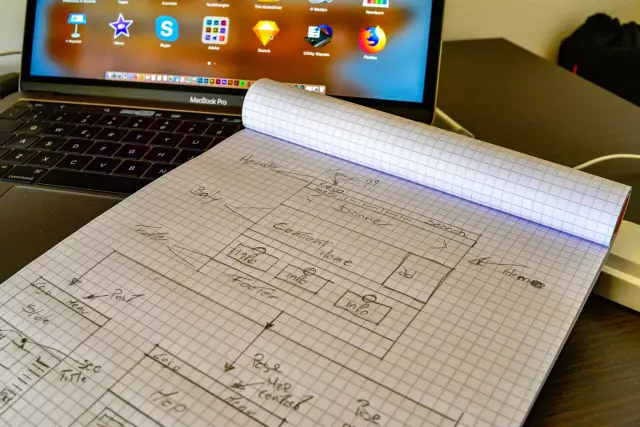A pie chart is one of the easiest ways to visually display the composition of the shares in the total mass. Intuitive and not devoid of aesthetic appeal, the pie chart allows you to visualize a report, presentation or information on a website. At the same time, you can create a pie chart quite quickly using Microsoft Excel.

Create a pie chart in Microsoft Excel
To create a pie chart in Excel, you will need to fill in a data table consisting of the values of the sectors of the chart. There can be an unlimited number of segments themselves, but practice shows that pie charts, consisting of three to five sectors, look clearer.
The values of these sectors are entered into the column. If necessary, you can fill in a table of two columns, where the first indicates the name of the segment, and the second directly its value. This makes it easier to label the chart with segment labels.
Further, the data table must be selected and entered the "Insert" tab in the main menu. In the "Charts" field, you must click the pie chart icon and select the desired type in the drop-down menu:
- circular;
- volumetric circular;
- annular.
Pie chart subspecies differ only in visual effects. At the same time, from the point of view of visual perception, the first and third types of pie charts are the most visually accurate. A three-dimensional pie chart, due to the slope and height, distorts the segments, therefore, it cannot pretend to be accurate in external perception.
By clicking on the type of chart you like, a chart window appears in the document, containing, by default, a text field for the name, the pie chart itself and the legend.
Further work with the pie chart allows you to improve its appearance and content, depending on the task. For example, for clarity, the chart can be supplemented with data labels by right-clicking on any segment and selecting the appropriate function from the context menu. The base colors of the segments can also be changed by double-clicking on the segment and in the context menu and choosing "Format Data Point" - "Fill" - "Solid Fill" - "Color".
The Data Point Format dialog box also allows you to:
- Row parameters. In this tab, you can change the rotation angle of the first sector, which is convenient if you need to shift the sectors together. It is important to remember that this function does not allow you to swap sectors - for this you need to change the sequence of segments in the data table. Also there is a function "Cut point", which allows you to separate the selected segment from the center, which is convenient for focusing attention;
- Fill and Border colors. In these tabs, not only a single-color fill is available, but also a gradient filling with color, as well as a texture or image, familiar to the Microsoft Office suite of programs. Also here you can change the transparency of the segments and strokes;
- Border styles. This tab allows you to change the width of the borders and change the line type to discontinuous, solid and other subspecies;
- Volume Shadow and Format. Additional visual effects are available on these tabs to complement the pie chart.
Applying pie charts
A pie chart is designed to visualize the composition of an object, process or object. With its help, the detailing of financial indicators, distribution of income or costs, sales volume is easily presented.
Due to its shape, a pie chart is intuitively perceived as a solid object. That is why it is not recommended to use it if incomplete data is indicated. For example, a line chart rather than a pie chart is best used to show the company's sales for only those months in which the highest profit was recorded.
In addition, a pie chart is not suitable for presenting trends or comparing data over time.






